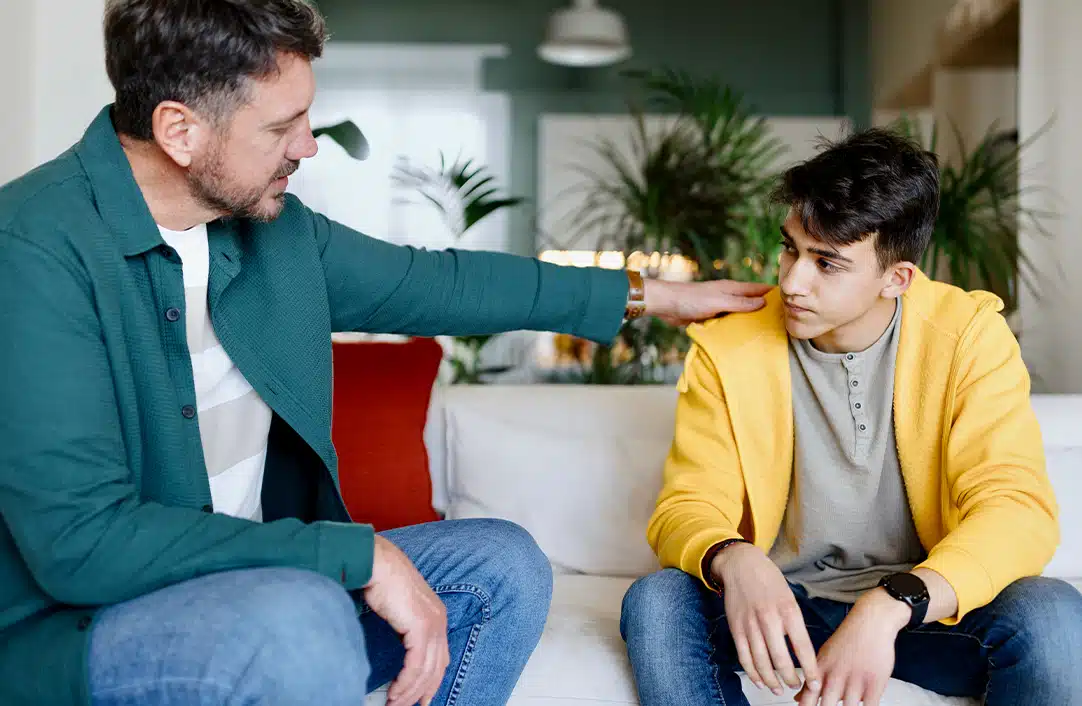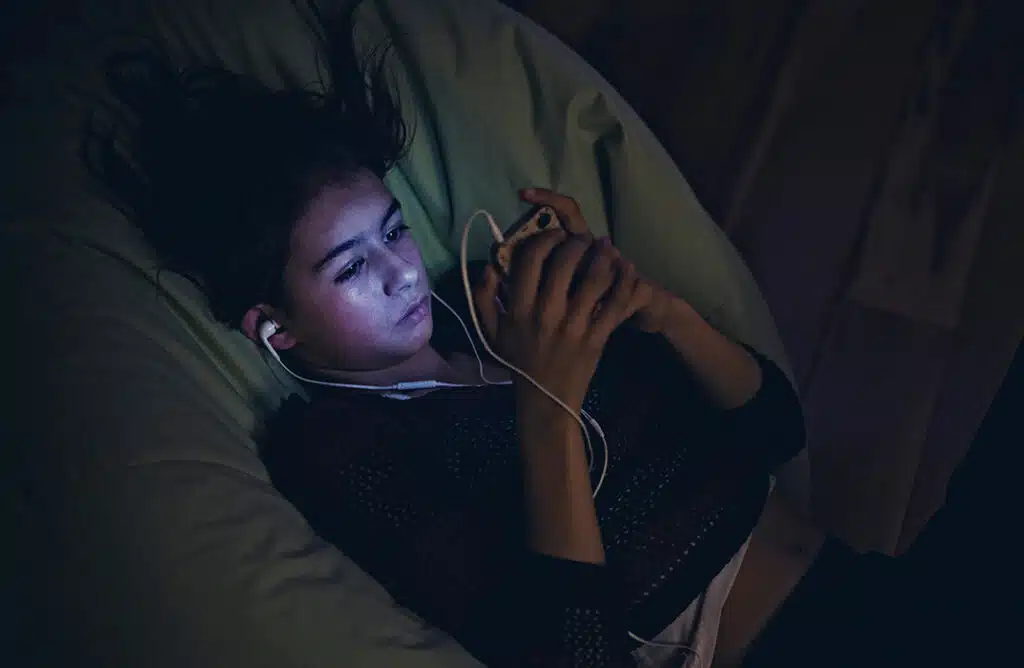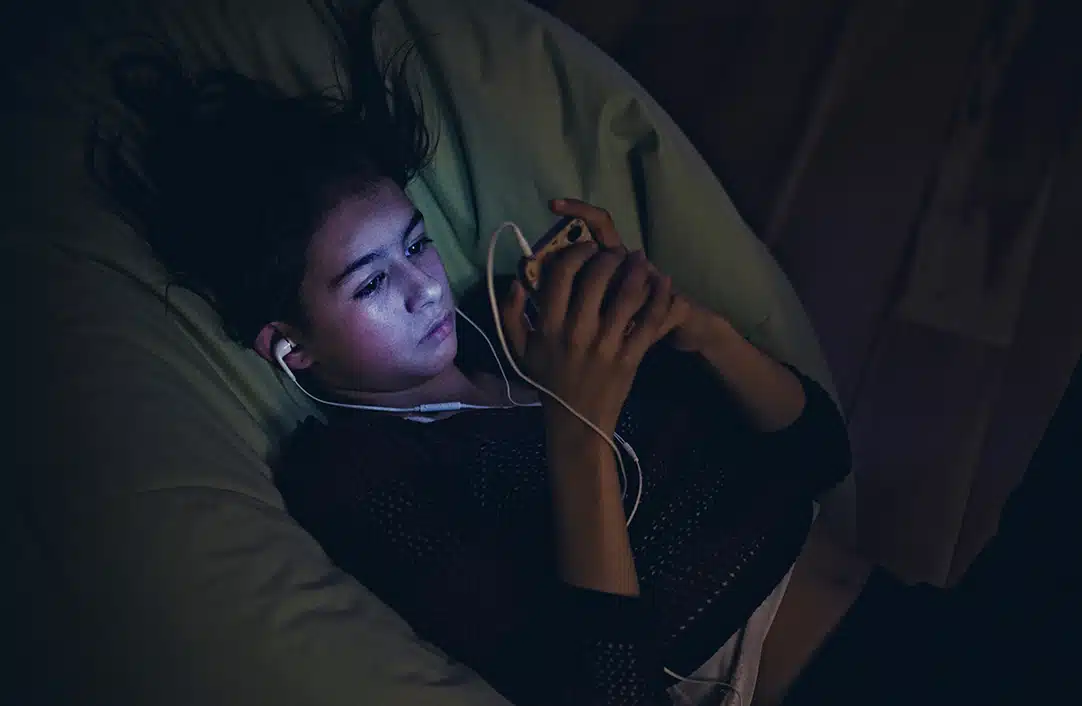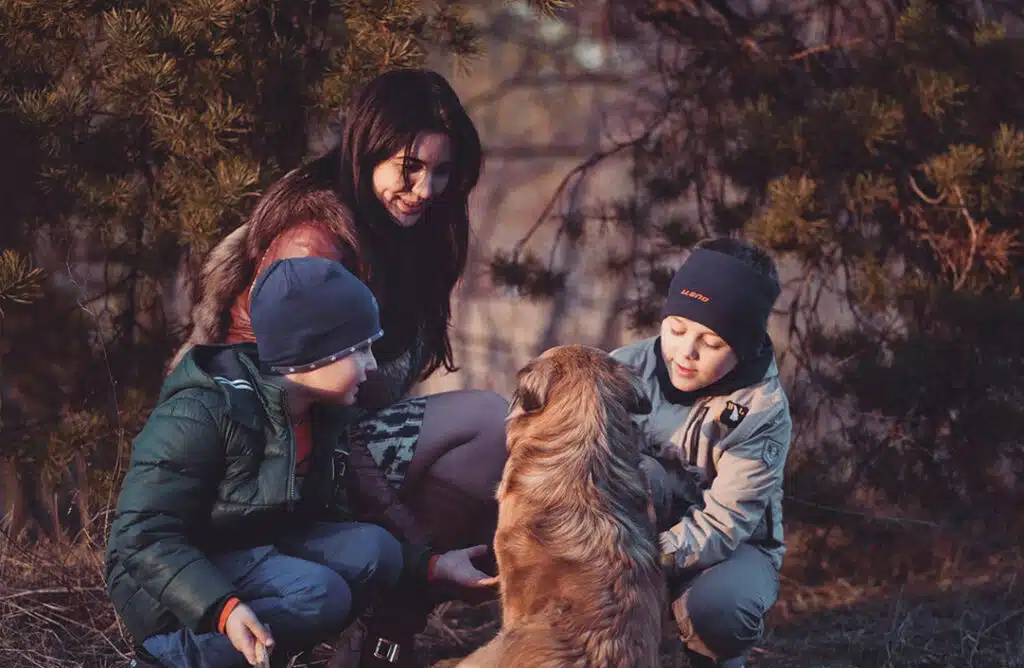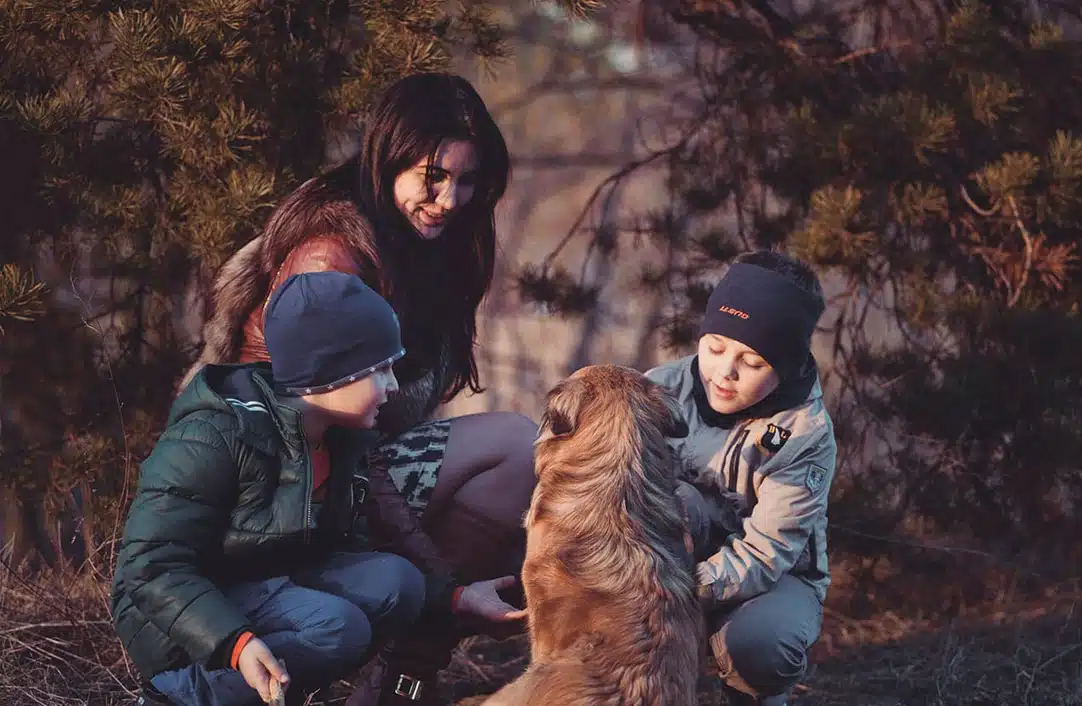Ava can’t believe that out of all the other girls at school, Drew wants to date her, a pimply faced seventh grader whose had a crush on him since their first game of freeze tag. Ava has never had a boyfriend before, so when Drew sends her a nude photo of himself and asks for one in return, she laughs it off and sends a suggestive emoji instead. But when Drew starts teasing that she’s “too uptight” and not as fun as other girls he’s dated, Ava finally gives in and sends the photo. It doesn’t feel right, but she doesn’t want Drew to dump her for being too boring. And anyways, she’s still wearing her bra and underwear in the picture, so it’s not even that big of a deal. And okay, she may be licking a popsicle in the photo, but it’s just a joke—like the emoji.
A week later, Ava finds out that Drew shared her photo with a couple of friends on his soccer team. A couple days after that, a girlfriend of one of the players creates a fake account of Ava on social media, using the nearly nude photo as the profile picture. Lots of classmates leave comments on the profile about her body, her need for attention, and her sleazy behavior. A few even share photos of classmates they rank as more attractive than Ava and encourage others to upvote or downvote each photo.
Horrified, Ava has no idea what to do. She doesn’t want to tell any of the adults in her life, especially her parents. They probably wouldn’t ever look at her the same way again. They may even take away her phone, which is Ava’s one lifeline to the few friends she still has. And besides, isn’t it all her fault anyway for sending Drew the photo? That’s probably what the police would say.
Ava starts to wonder if all this bullying and humiliation is exactly what she deserves. Ashamed and overwhelmed, she decides not to tell anyone. Instead, she pretends to be sick to avoid seeing her classmates at school. And when Drew asks her to send him another photo—this time fully nude—she does. Because honestly, after everything, it’s a miracle he still wants anything to do with her.
Technology and Youth Today
Technology and digital media have become an integral part of day-to-day life across the globe. Access to smartphones, laptops, tablets, and other internet devices is widespread, and plays a central role in education, entertainment, employment, and social connection. This is especially the case for children and teens. In fact, it is estimated that one in three children globally is already an internet user.1 In the US, 95% of teens report owning a smartphone or have access to one. Additionally, 45% of teens report they are online on a near-constant basis.2
This widespread access has equipped youth with exciting opportunities for academic achievement, self-discovery, self-expression, and social connection. Teens have credited technology, particularly social media, with enhancing their ability to:3
- Strengthen friendships.
- Interact with diverse voices and viewpoints.
- Raise awareness around causes they care about.
- Receive support through difficult times.
- Feel more connected to the people in their lives.
Many also feel that digital technology provides a safe space to meet and interact with others who have similar interests, pursuits, and backgrounds.3 This is especially the case for youth who identify as LGBTQ+ and are seeking to form social and romantic connections.4 Digital media and technology can also supply youth with information and education regarding sexual health and development that may have otherwise been unavailable, particularly among low-income populations.5
Along with these countless benefits, higher access to internet devices also presents youth with new risks. One of these risks is online sexual harassment, like the type that Ava experienced.
Definition of Online Sexual Harassment
Online sexual harassment is the weaponizing of sexual content—such as images, videos, or posts—to harass, exploit, humiliate, distress, coerce, or threaten. It can include a variety of unwanted sexual behaviors and can occur on any digital platform, though it is particularly prominent among apps and platforms that contain unmonitored livestreams, shared content, and direct messaging (Facebook, Instagram, Snapchat, YouTube).6
Victims of online sexual harassment often experience feelings of isolation, fear, shame, hurt, and exclusion. Unfortunately, such feelings can be difficult to escape, even in the privacy of a bedroom or other personal spaces, due to the intrusive and ever-present nature of online communication.
Though it encompasses a wide range of behaviors, online sexual harassment can be broken down into four main categories:6
- Non-Consensual Sharing of Intimate Images and Videos
- Exploitation, Coercion, and Threats
- Sexualized Bullying
- Unwanted Sexualization
Non-Consensual Sharing of Images and Videos
Central to this type of online harassment is the rising trend of sexting. Sexting is the creating and sharing of self-generated content, including sexual images, videos, or texts.7 It can range from explicit content, such as nude photos or videos of sexual acts, to partial nudity, erotic poses, and other forms of sexual suggestions.
For many youth, sexting is viewed as a means to flirt, to excite, and to experiment and explore sexual relationships and identities. And yet, even within the context of a “consensual” interaction between two teens, the legitimacy of that consent remains up for debate. Girls, in particular, are more likely to feel coerced or pressured into sexting with a peer as a result of gendered norms and expectations. Sexting-related pressures are also common among LGBTQ+ youth, who are often more reliant on online interactions to explore their sexuality.8
However, even if a sexted image is shared during a consensual (or what is perceived as consensual) interaction between two people, that image could be forwarded to others without the sender’s consent. This is what is known as the non-consensual sharing of images, or image-based sexual abuse.
But why would a teen engage in such abuse? One reason may be to gain approval or status among their peers.4 They may be motivated by a desire to gossip, feel more included, and be more involved in the online conversation.9 Teenage boys, in particular, have reported that the reason they participated in image-based sexual abuse was to impress their friends, prove their masculinity, and demonstrate sexual prowess.10
Regardless of age or gender, it’s not uncommon for youth to have nonchalant attitudes toward image-based sexual abuse. For instance, in one study, nearly a quarter of teenagers stated that they’d forwarded a sexted image as a joke. And in a sample of teenagers who had received a forwarded image, 72% said they did nothing.8
Another common motive behind image-based sexual abuse is “revenge porn,” or to get back at an ex after a relationship has ended.11 However, the non-consensual sharing of images doesn’t only occur among romantic partners and exes. It can be perpetrated by a classmate, a friend, an acquaintance, or a stranger, and can be driven by a desire to harm, manipulate, harass, or bully.
Exploitation, Coercion, and Threats
These motives are also common in the second category of online sexual harassment, which involves exploitation, coercion, and threats. In this category, behaviors like image-based sexual abuse can also be used as a form of blackmail, in which the victim is forced into doing something to prevent their documented sexual activity (real or faked) from being exposed. This tactic of exploitation is an example of sexual extortion (or sextortion).11 In such cases, the victim might be compelled to participate in sexual behaviors, such as creating and sharing additional sexual content.
For example, a teen might feel coerced or threatened to share a nude photo if the person harassing them already has private information or content that the victim doesn’t want released. This content could range from details about the victim’s sexuality or past sexual experiences to an already existing nude image or screenshot of a sexual conversation. In Ava’s scenario, she sends Drew another photo because she’s worried he’ll leak more of their private conversations if she doesn’t comply.
In other cases, the victim might be coerced into making payments or doing specific favors to appease the blackmailer. They may also face threats in addition to the releasing of private content, such as the threat of being hacked, doxed (in which contact information is made public), or sexually assaulted (in-person or online).
While extortion is used to coerce someone to do something specific while under duress, sexualized bullying can encompass a much wider range of behaviors and motivations. This type of harassment involves the weaponizing of sexual content to humiliate, degrade, dehumanize, and/or discriminate against someone. It can range from simply “liking” or commenting on a post, to sharing content that encourages harassment and bullying.
Oftentimes, sexualized bullying involves aggression and hostility, and can be motivated by the desire to harm, to seek revenge, to retaliate against previous harassment, or to exclude others from the larger group.7 This is especially the case with instances involving “hate speech,” or using discriminatory sexual language towards members of racial or sexual minority groups. It can also involve cyberstalking, spreading rumors online about someone’s sexual behavior, creating a fake profile to impersonate someone, or “outing” someone’s sexual orientation or gender identity without their consent.6
While personal vendettas often drive this type of behavior, sexualized bullying can also be the result of a joke gone too far, or of crossing a boundary in order to impress, amuse, or gain acceptance among peers. Given that “sexual banter” is central to many flirtations, interactions, and other bonding experiences among youth, it can be difficult for young people to tell the difference between playful jokes and harmful harassment.6 This is especially the case when clique dynamics come into play, and a youth feels pressured to please or entertain the larger group. In these instances, teens may also be emboldened by what is called the “online disinhibition effect,” which refers to behaviors people engage in online that they would never do in person.
This lack of inhibition can also contribute to the fourth category of online sexual harassment—unwanted sexualization, which involves sending someone unwelcome sexual content online. This content might be a sexual comment posted to someone’s photo. Or it could be a sexual image, emoji, message, joke, or request. It could happen in a private space, such as an unwanted advance in a direct message, or in a public one, like within a group chat or on someone’s social media profile.
This type of sexualization can also involve sharing content about the victim with others with the intent to sexualize or objectify. Examples of this might be altering someone’s image to make them look more sexual and then posting that image in a public space. It could also involve posting an image of someone and making sexual comments about that image and/or prompting others to rate the person’s attractiveness. Girls are at an especially high risk of experiencing this type of online harassment, which often reinforces gender stereotypes, entitlements, and expectations.6
Similarly to how sexualized bullying can be the result of a joke going too far, unwanted sexualization can stem from misguided attempts to compliment, flatter, or flirt. Despite these intentions, unwanted sexualization results in the other person feeling demeaned, embarrassed, violated, or objectified, and demonstrates a lack of understanding of one’s boundaries, preferences, and personal feelings. It may also be due to such behaviors becoming normalized, leading to a lack of seriousness or understanding about how unwanted sexualization, along with other types of online sexual harassment, can impact the victim.12
Impacts of Online Sexual Harassment
Such impacts can affect many areas of a youth’s life. On the legal side, a teen who sexts a self-generated image could be charged with the distribution of “child pornography.” Others involved, like those who received or forwarded the images, could also face prosecution. In fact, in certain states, a teen who has sexted can be charged as both an offender and a victim. Along with legal repercussions, youth who have had their sexual images or sensitive information exposed are also at risk of being excluded from opportunities in employment and education.5
On a more personal level, online sexual harassment can severely impact a youth’s mental and emotional well-being. Victims often struggle with feelings of shame, helplessness, and regret, in some cases to the degree that they no longer want to attend school and face their peers, as was the case with Ava.9 Their humiliation may be amplified by the fact that in cases of non-consensually shared content, the sender of the image is often blamed, rather than the person who shared it.6 As a result, victims may experience heightened depression, anxiety, self-harm, face-to-face bullying and harassment, and other forms of victimization, both online and offline. This is especially true for girls, who generally experience more negative consequences of sexting than boys.10
Each of these impacts can resurface or be drawn out if the content is re-shared online at a later time, leading to revictimization.6
And yet, despite these impacts, youth are often too scared to report when they are being sexually harassed online. Many are too embarrassed to seek help or worry that reporting the harassment will only make them more vulnerable.6 There is also the fear that they will be blamed for the harassment they experienced, and that adults will respond by restricting or completely removing their access to internet devices. These measures will not only be viewed by the victim as a punishment (and therefore a confirmation that they are to blame), but will cut them off from their primary means of social connection during a time when they are already feeling vulnerable and excluded.13
What Can I Do About Online Sexual Harassment?
Given that the digital landscape has become such an essential part of today’s world, parents can seek to better understand the connections, experiences, and interactions their children are having online. They can also have conversations with their kids about how to safely navigate through this digital landscape and the risks and responsibilities that come with having a digital footprint. For example, kids may feel that they are the exception to the rule and that the risks of sharing intimate information and photos don’t apply to them. They may also have a false sense of invincibility, particularly with apps like Snapchat where there’s the assumption that whatever is shared with others will be erased immediately without someone taking a screenshot.
Along with discussing risks, parents can foster continual, open conversations with their kids about healthy behaviors and relationships, both online and offline. This might include topics surrounding peer pressure, boundaries, principles of consent, gender stereotypes, healthy communication, sexual development, the permanence of online content, and what constitutes as harassment. It may be especially helpful to talk with kids about the long-term impacts that sexual harassment—online or otherwise—can have on others.
Parents might consider running through different scenarios and asking their kids how they would respond in each situation, as well as how the others involved in the scenario would feel. Research suggests that this type of roleplaying may prove more effective than listing out rules and consequences.6 Also, given how intertwined technology has become with other areas of day-to-day life, parents may also consider treating digital safety and general safety as one and the same. For example, parents might incorporate the digital aspects of relationships—such as texting and exchanging images—into any conversation they have with their teens about romance, dating, and sex education.
In cases where a child or teen has already been sexually harassed (online or offline), it is crucial for the parents to respond with understanding, compassion, and support, rather than shame or judgment. Restricting or reducing the youth’s access to internet devices will not only reinforce blame but will severely reduce the chances that the youth will come to the parent for help in future situations. Rather, parents can seek to understand what the child has been through and the specifics of the situation.6 Through this openness and empathy, parents can better respond to online sexual harassment, prevent future incidents from occurring, and empower their kids to confide in them when something does happen.
A few other ways that parents can help strengthen their child’s digital safety include:
- Teaching the child about the fundamental characteristics of healthy relationships, such as respect, consent, authenticity, and honesty. This would include explaining to youth, especially heterosexual boys, about the importance of deleting photos of an ex out of respect and to remove any temptation or pressure to share those photos with others.
- Explaining to the child how sexting might disrupt a healthy relationship, particularly when power dynamics, social pressures, and gender stereotypes come into play.
- Learning about risky online behaviors and teaching the child about how such behaviors can harm everyone involved.
- Modeling healthy habits around social media use and screen time.
- Asking after the child’s questions, concerns, and curiosities related to online interactions and behaviors.
- Assuring the child that their safety and well-being is what matters most—more so than their reputation.
As parents proactively address and model healthy boundaries, communication, and consent—both online and offline—children and teens will be better prepared to connect with others in a healthy way and to become safe and responsible internet users in the digital era.
For more information about digital safety and how to better prepare your child for the risks they’ll encounter online, visit Thorn.org, Amaze.org, NoFiltr.org, and CommonSense Education. Also, if you or someone you know is a survivor of child sexual abuse, here is where you can learn more about Saprea’s healing resources.



